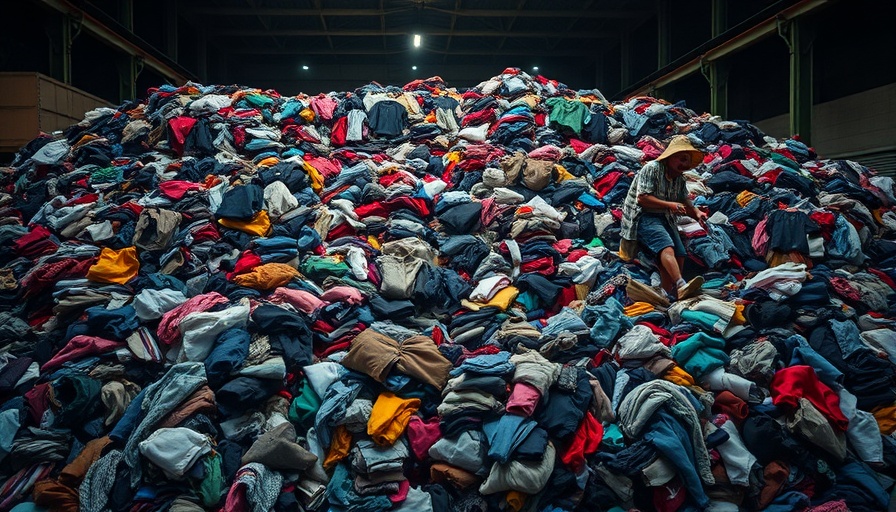
US Government Shines Light on Textile Waste Problem at Long Last
The federal government's fresh report on textile waste marks a pivotal moment in acknowledging a pressing issue that's impacting our environment. With the volume of textile waste having surged by over 50% from 2000 to 2018, largely due to the fast fashion boom, this report brings attention to the dire need for coordinated efforts in textile recycling and pollution reduction.
Impacts of Textile Waste: More Than a Pile of Clothes
As textiles decompose in landfills, they release contaminants and microplastics that leach into our soil and water. It’s not just the sight of piles of old clothes in dumps that is worth worrying about, but how these unseen pollutants may affect our ecosystems and health. Leaders in sustainability, including Rachel Kibbe of Circular Services Group, heralded the report’s existence as a step toward meaningful change, advocating for federal agency coordination to tackle textile circularity.
Steps Forward: Policy Recommendations to Combat Waste
The report outlined seven strategic recommendations. These include developing a nationwide textile recycling strategy and urging collaboration between various levels of government to secure funding opportunities. This initiative was notably pushed forward by Representative Chellie Pingree, the creator of the congressional Slow Fashion Caucus, highlighting the power of policy change in environmental problem-solving.
Future Predictions: Will Policies Change the Dynamics?
While there’s enthusiasm over this initial move, experts like Brittany Sierra from the Sustainable Fashion Forum emphasize the importance of aligning infrastructure with consumer behaviors. Over the next decade, creating systems that both effectively handle textile waste and encourage greener consumer behaviors will be vital for success. The hope is that this attention and effort can cultivate a stronger, sustainable fashion economy for future generations.
 Add Row
Add Row  Add
Add 




Write A Comment